Crimean onion - beneficial properties, characteristics of the variety, planting and care
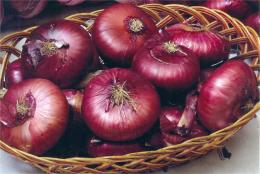
Yalta onion, another name for Crimean onion, is a variety that rightfully occupies one of the first places in the ranking of the most popular varieties among buyers. Its main value lies in its unusually juicy pulp and the absence of bitterness, which is observed in almost all other varieties.
Yalta gardeners pay special attention onion The reason is that it can be grown directly on a personal plot. Agronomists, in turn, argue that it is possible to obtain a tasty, fortified vegetable through cultivation, but only if the necessary conditions are met.
Content:
- Yalta onion - benefits
- Yalta onion - how to distinguish, features of the variety
- How to grow Yalta onions
Yalta onion beneficial properties
Yalta onions have a red color, a beautiful shape and a high percentage of juiciness compared to other varieties. The variety was obtained by crossing Portuguese and Spanish varieties.
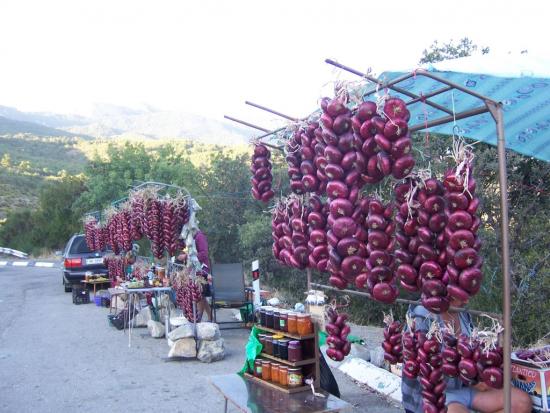
The bred variety is famous for its rich presence of:
- vitamins and microelements
- antioxidants and phytoncides
The product is considered very dietary, contains a large amount of vitamin C, and also surprises with the minimal presence of sugar in the composition. Use of Yalta Luke It is better to produce it raw.
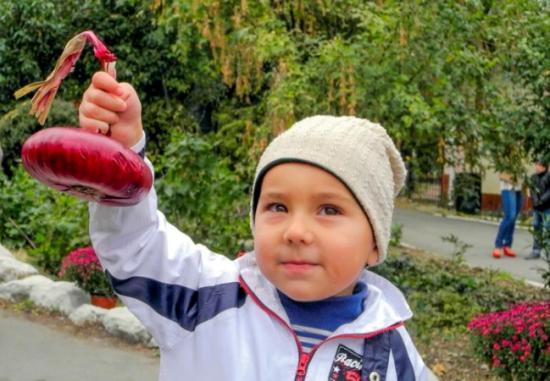
Even after a five-minute heat treatment, all microelements, including vitamin C, will be destroyed.
It is also worth noting that the component allicin, which helps destroy cancer formations, is contained in Yalta Luke in a minimal quantity, compared, for example, with onion.
Due to the fact that there is no bitterness in the Yalta variety, it can be consumed in much larger quantities raw than the onion variety. This ensures that the human body can receive much more useful microelements and vitamins.
All general practitioners strongly advise eating onions as often as possible and thereby strengthening the immune system.
In Crimean variety contains active components that:
- have a good vasodilator effect
- also help lower blood pressure
- reduce the risk of coronary heart disease and other cardiovascular defects.
A distinctive feature of the Crimean variety can also be called the ability to significantly reduce cholesterol in the blood.
How to distinguish Yalta onion, features of the variety
Grow a real Yalta onion possible only in certain regions of Crimea. Only there the weather conditions and microelements with which the soil is saturated make it possible to obtain onions, the taste of which does not give a feeling of bitterness.
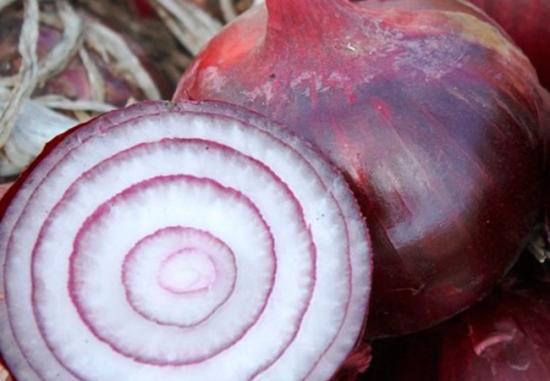
Growing this variety in another area almost never gives a similar result. Finding a real Yalta product on the shelves is quite difficult.
The problem arises due to the existence of several dozen, similar in appearance, varieties and because of dishonest traders offering their goods under the Yalta brand.
When choosing a quality product, the buyer should first of all rely on the following signs:
- coloring - should be rich, even and as close as possible to a dark burgundy shade
- shape - at first glance, compared to others varieties, excessively flattened root system - should be, as it were, pulled directly into the bulb itself.
You should also ask the seller to cut the onion in half and examine the resulting cut yourself. On a cross-section of real Yalta Luke Thick scales should be clearly visible, quite densely located one next to one.
At the same time, their color should be exclusively white, and the edging of each of the scales should have a slight purple tint. The number of scales should not be more than seven pieces. It is also worth paying attention to the smell that appears when cutting.
It shouldn't be too harsh. When cutting the onion, the eyes should not become watery, and the taste should surprise you with its sweetness.
A striking feature of this variety of onions is their very short shelf life - a maximum of four months. Full maturation of such Luke occurs no earlier than mid-August - early September.
It is better to store the purchased quality product in a suspended state, in a cool, dark place, and the bulbs must be woven into braids. Storing the product in the refrigerator will most likely lead to rapid spoilage.
How to grow Yalta onions
It is quite possible to grow this variety in a personal plot. But, this process will require certain physical costs, careful study of special literature on cultivation and, of course, the time required for cultivation.
Obtaining a sweet and high-quality product does not always happen.Sometimes summer residents need several years to study in detail all the nuances of growing onions. It is better to grow on the site through seedlings.
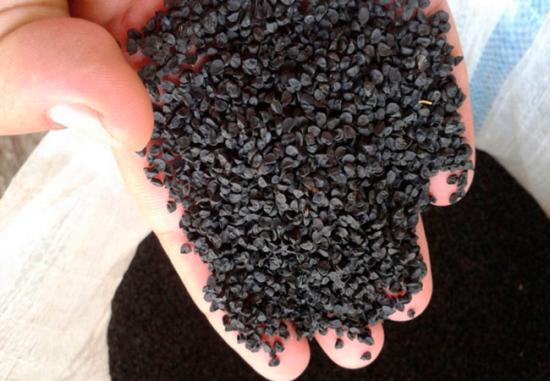
Sowing and growing seedlings
Its growing season reaches 160 days. Planting seeds in open ground will not bring good results. First of all, the ripening period will significantly increase, and secondly, the taste will deteriorate and, consequently, bitterness will appear.
The preparation of seeds, in order to obtain good seedlings in the future, should begin in the last ten days of February. Initially, the nigella is carefully sorted, then soaked in a medium-strength solution of potassium permanganate and a special composition for growth stimulation for a maximum of half an hour.
After the specified time has passed, the planting material should be dried. Sowing occurs in a container with specially prepared soil. The soil for seedlings should have a loose consistency and contain all the necessary nutrients.
The prepared seeds are planted in the soil approximately 1 cm deep, and the distance between each seed should not be less than 2 cm.
Containers with crops watered, covered with polyethylene and placed in a specially prepared place, the average temperature in which ranges from 20 to 25 oC. Containers with seeds should remain in the same place and the same temperature conditions until germination.
After about twenty days, it will be possible to observe the appearance of the first shoots. During this period of plant development, it needs cooler temperatures. Therefore, it is better to place boxes with developing seedlings in a cooler place, where the average temperature will not be below 16 and above 20 degrees. This climate change will help prevent seedlings from stretching tall.
Landing in the ground
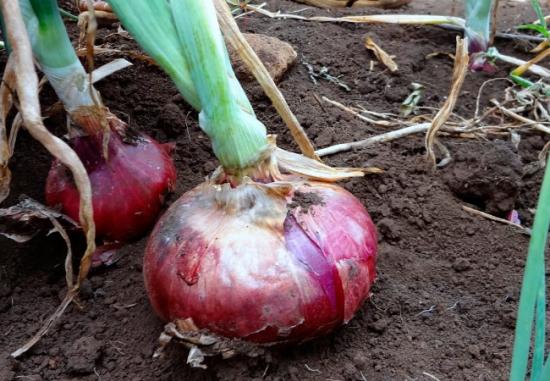
In the last ten days of May, already significantly grown seedlings can be planted in open, pre-prepared soil. A place with sufficient sunlight and no drafts is suitable for this.
Experienced agronomists claim that Yalta onions will feel most comfortable only in rocky conditions. soil. This soil composition does not allow the bulb to go deeper.
Since the bulb develops almost on the surface and receives a sufficient amount of solar heat every day, its growth rate increases significantly, and the head itself receives a sufficient amount of useful elements, which in turn has a good effect on the taste of the grown product.
Learn more about the benefits of Crimean onions in the video:


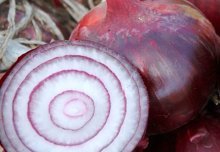
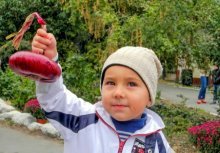
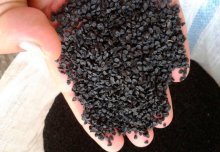
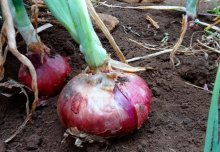
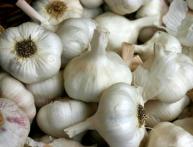

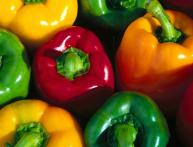
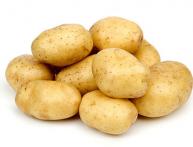
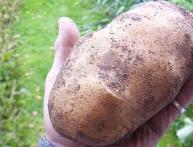
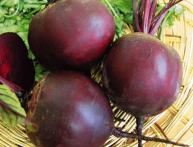
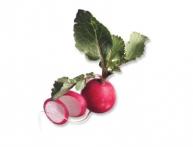

Comments
We call it “Saladny”. We buy it for the winter in a ratio of 1 to 10 of regular onion. The fact is that except for salads, this type of onion practically does not go anywhere in our country. By the way, it doesn’t grow in the country, since it’s too cold for it here.
I love onions, any kind, so when traveling to Crimea, I always bought red onions there, which are sold right next to the road. The onion is actually quite tasty and not bitter.
It turns out that if it ripens only in August-September and is stored for only four months, then the one that is sold in Crimea in June-July (I saw on trays) is a completely different variety, not “Yalta”?
I didn’t know that this type of onion was called that way, I saw it in many places in the southern part of the country and in the middle zone, I didn’t notice much difference in taste from ordinary onions, but the appearance is really unusual.